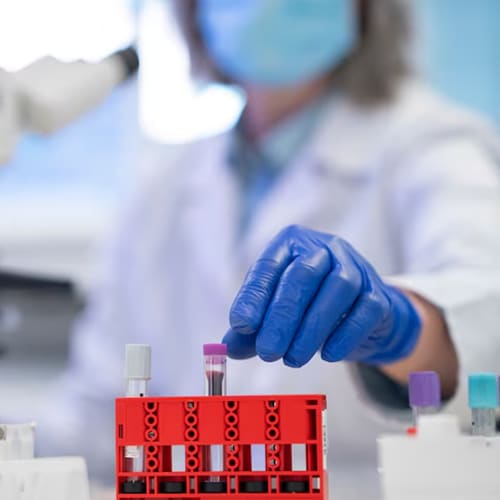In an engaging interview, journalist Jane King from LilaMax Media discusses cutting-edge allosteric therapies with Gain Therapeutics’ CEO, Matthias Alder, and their potential in treating Parkinson’s disease. Gain Therapeutics, a leading biotech company, utilizes AI and supercomputing for innovative protein targeting, particularly with their promising drug candidate GT-02287, poised for clinical evaluation. Explore the future of neurodegenerative disease treatment in this insightful Q&A lead by Jane King.
Q: Allosteric medicine and modulation- What is that and Why is Gain following that model?
A: Gain is at its core, a computational drug discovery company focused on this new emerging targeting approach which is called allosteric modulation. Normally, we’re targeting proteins and proteins are normally activated through natural chemicals in the body which is called the active binding site. And what we’re doing with our platform is we’re finding new different binding sites for activating or inhibiting proteins that are anywhere else on the protein surface. With that approach, we’re able to either activate or inhibit a particular protein from acting. So it’s a different targeting approach that previously has not been possible to be pursued because the technology didn’t exist.
Q: You recently reported some new findings with the GT- 02287, the developer for Parkinson’s Disease. What is the mechanism of action? What were the findings you reported?
A: GT-02287 is an allosteric modulator of a protein called GCase. The GCase is a protein that is expressed by a gene called the GBA1 gene, and we’re focusing on Parkinson’s, in patients that have a mutation of that GBA1 gene that causes the expression of a misfolded and dysfunctional GCase protein. And because it is dysfunctional, that protein can’t do its job and there’s a buildup of toxic materials in the cell that ultimately leads to the death of dopamine-producing cells, a drop of dopamine levels in the brains of patients, and ultimately, as a result then, the development of Parkinson’s disease. And so what the data that we have shown is confirming what we have seen before in other preclinical models. We’ve shown new data now at the Parkinson’s conference in Copenhagen just earlier this week. And what we have shown there is that in two different animal models, industry-standard animal models, we have been able to restore the function of GCase, reduce the buildup of all of the toxic materials that are building up. We’ve shown that we are improving the survival of dopaminergic neurons. Dopamine levels in the brains of these animals are going up, and their Locomotion deficits improve because we are essentially protecting those dopaminergic neurons from dying off.
Q: There’s also a lot of news surrounding NfL for neurodegenerative disease that they use as a biomarker. So, explain that and how are you leveraging that use?
A: That’s actually the bit of new data that we’ve been able to show that we haven’t previously shown because we just haven’t looked at it. NfL is a protein that is a component of brain cells generally, and if brain cells die, that protein is released. It gets in the brain cells, breaks, and the
protein is released and moves into and can then be seen in the bloodstream. And so, as a result if you have any kind of neurodegenerative disease where brain cells die, you will see NFL in the blood and that’s for the first time we actually looked at that as an emerging biomarker that recently became more prominent. And it has the ability to show that what we’ve been being able to show with our drug is that we are actually significantly reducing the levels of NFL in the blood supply of these animals, which means that we’re essentially preventing that neurodegenerative process that ultimately leads to Parkinson’s disease.
Q: So, What is in the works for Gain Therapeutics going forward?
A: We are actually at a very exciting time for Gain. We are about to start the first clinical study with our lead product, the GT- 02287. It’s a big transition for a company from moving from pre-clinical stage to clinical stage. We’re really looking forward to testing this drug and advancing that ultimately into patients later, and that’s expected to come later this year. That’s the first phase one clinical study starting imminently later this year. We’ll come out with an announcement when that happens.






